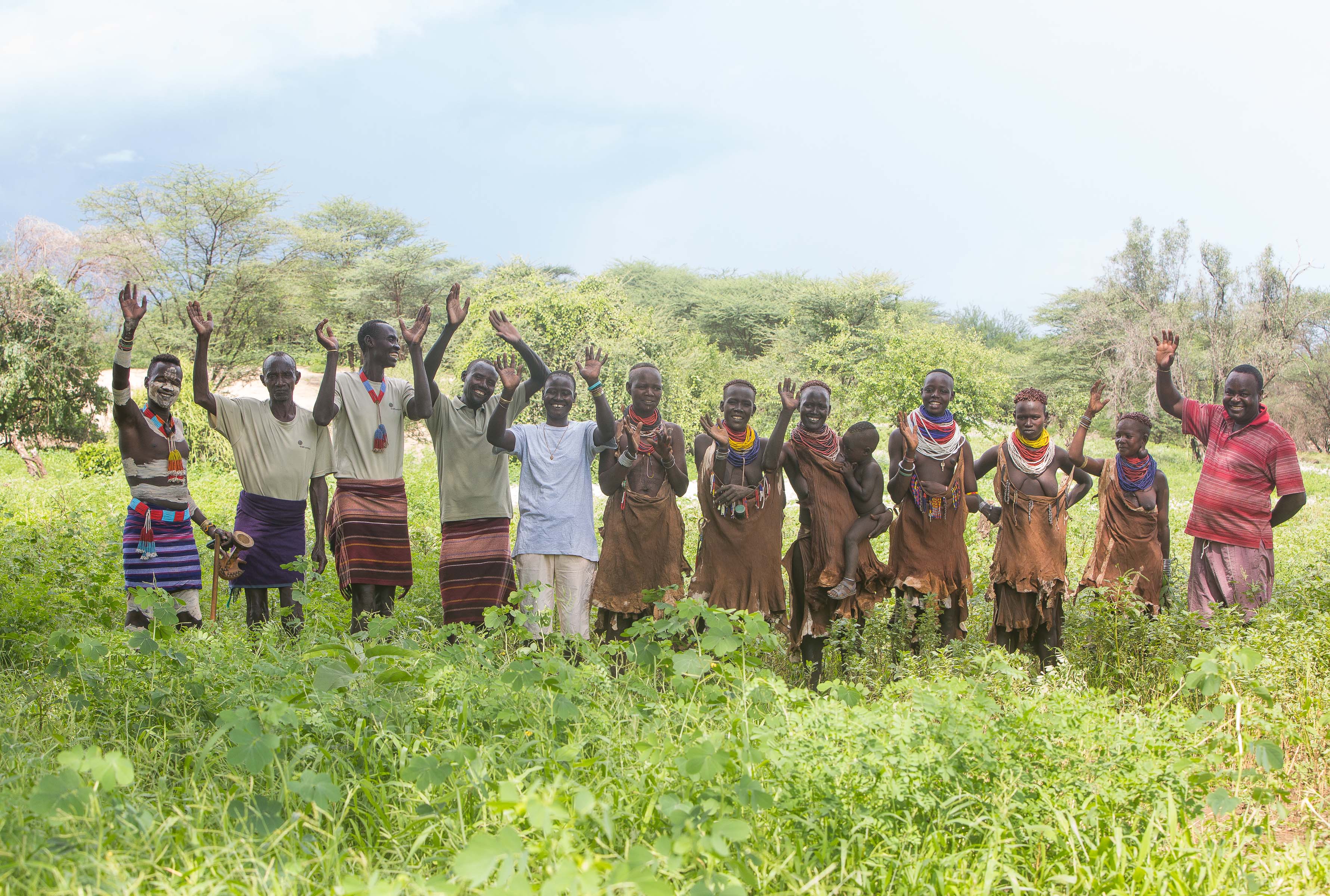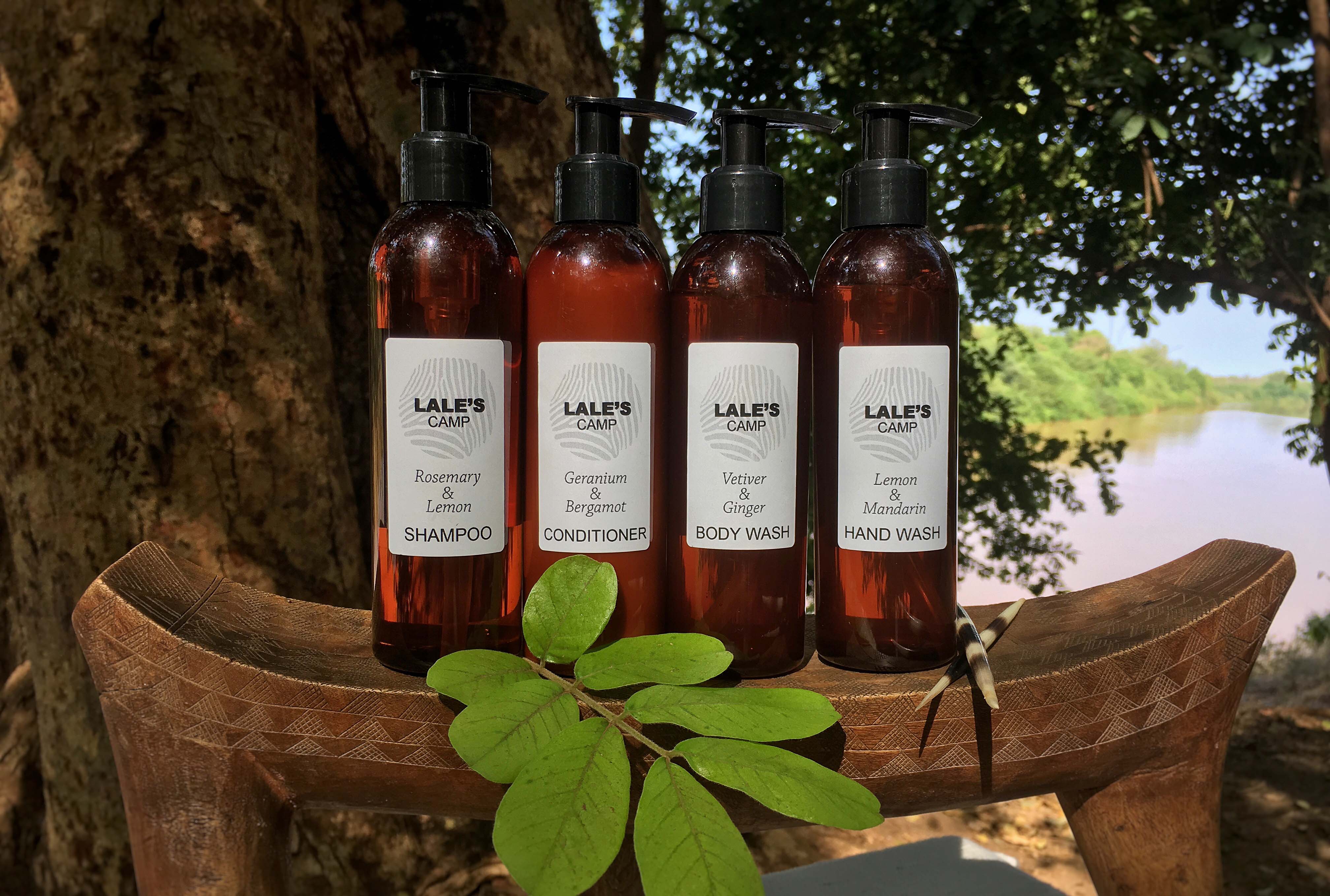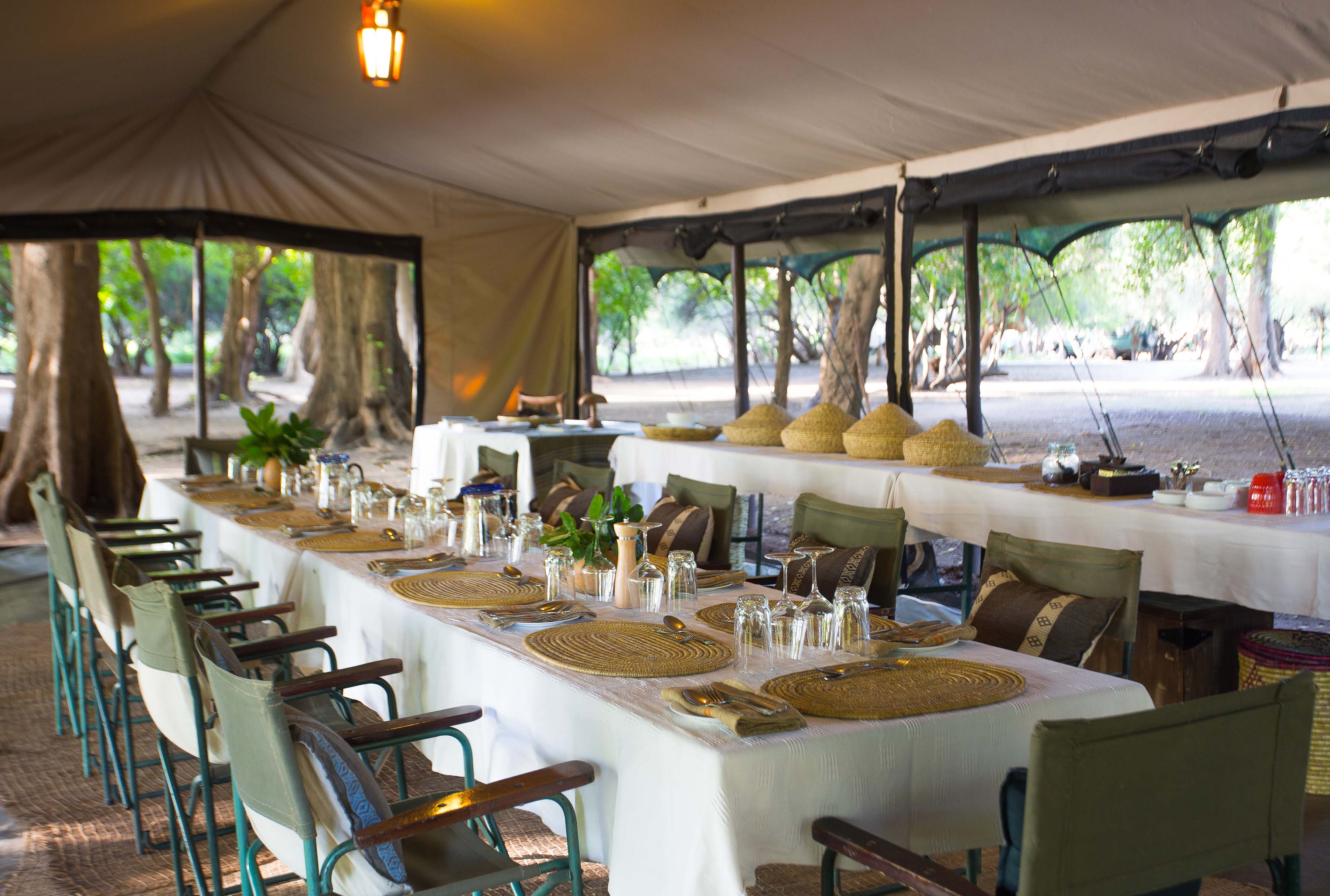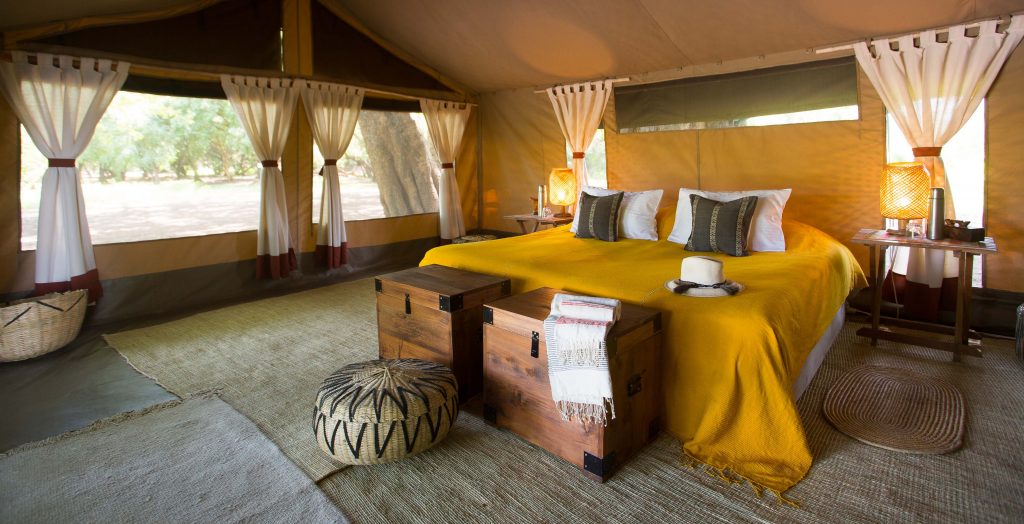Kate Malone and her partner Cameron Anderson-Raffan spent two and a half months in the Omo Valley, Ethiopia, helping to refurbish Lale’s Camp on the eastern banks of the Omo River. Operated by Wild Expeditions, the camp offers a base from which to explore one of the wildest corners of the continent and works closely with Wild Philanthropy on our projects, including the Kara Community Farm. This is her account of how they worked with the local community to help take Lale’s Camp to the next stage in its evolution.
INITIAL STAGE
The camp refurb happened in stages. We had an initial brief orientation of Addis Ababa to get a feel for what suppliers and equipment were available. Often, we spent very long days whizzing around the entire city digging deep in the Mercato and random little places to look for quirky pieces. My biggest help was Bemnet (guide and shareholder) and Sihalu (all-round help/driver). These two were amazing and I couldn’t have achieved what we did without their knowledge and support.
Bem happens to have incredible taste and style when it comes to the creative side of choosing materials/colours etc. and knew everyone! Sihalu was the master of the Mercato – he would lead me in and out of it’s crazy stalls and by the end of the days we would all be exhausted. Lots of bartering and fun was had at the main market; I purchased a lot of our items there. I was always seen as a bit of a novelty and we met some lovely characters along the way; everyone was welcoming and friendly. A really great introduction to Addis.
MIDDLE STAGE
After the first round of Addis, we went into camp to meet the team and see what state the camp was in. The back of house needed attention and became one of the main projects we had to tackle in terms of moving the kitchen, building stores for all the equipment and creating systems to manage everything. We spent a lot of time pulling every item out of the camp, clearing, cleaning, inventorying and making lists for equipment needed.

The main concern was to put in the basics for the first agent trip that was happening in a week’s time. This meant I had a few days back in Addis to source soft furnishings, towels, kitchen/serving ware etc. The tents were all brand new but had only a bed, tables and basic chairs. There were some long days spent sourcing all the equipment and the boys were the most patient shoppers I’ve ever known.
Everything got sent in to camp overland and we flew in to meet it at the other end. The toughest challenge was to implement all the new changes quickly. All of this with a complicated language barrier. Lale was our go to man who had to translate. When he wasn’t around, Champa, his wife, was my go-to lady who was ever present and enthusiastic to learn. With a lot of sign language and running up and down camp we managed to gain an understanding of what was required.
As a luxury touch for the camp (and a passion of mine) we brought from the UK an all-natural base soap mix and essential oils to hand mix into Shampoo/Conditioner/Hand and Body Wash. We spent a fun evening with Champa and some of the team mixing and bottling these with our homemade Lale’s Camp labels. All of these went down very well with the guests. Cam handmade some towel racks from tree branches the staff collected for us. He used his bush knife to skin them and we hung them with local sisal rope.
Camp opened to the first group of agents looking incredible. It was clean, light and fresh with the new touches. Champa and Mero (new waiter) welcomed the guests with cold towels and homemade hibiscus iced tea.

FINAL STAGE
After the agents’ trip, we were back in Addis to plan the next phase of the refurb. The colours I chose were based on the natural earth tones used by the Kara and other tribes for their body painting – ochre and adobe red.
I sourced decorations and local baskets from ladies in the market. I also bought the local headrests (very typical to the Kara) from Lale, who found them from our staff and people in the village, so they were genuine and very local. Other wooden decorations and serving bowls, boxes etc. were from an Aladdin’s cave of a place in Addis. This guy had been collecting antique items from all over Ethiopia for generations.
The floor matting is made from a type of reed, this was bought from a vendor in the market. We were invited into his tiny house with his family to choose the best quality ones. He sources them from women in the countryside who weave them. Each one is totally unique being handmade and you can identify the different styles according to who made them. I bought 13 of the best from one woman.
The curtains were made to order from a local business. They are still in the process as the cream cotton had to be woven from scratch. I sourced the trimming fabric from the market and designed them myself. The man I dealt with there was incredibly patient as we visited several times, with varying measurements each time. He understood our “odd” project of wanting curtains made for a tent and produced beautiful results.
Finding anything appropriate for the curtain poles was a challenge. We ended up asking the local guy in the market who hand makes mops to source us 44 large, wooden branches, as straight as possible. He did a fantastic job.
The napkins, bedspreads and hand/bath towels are all from Sabahar. They are a lovely business who support local weaving cooperatives. Everything is handmade, woven and naturally dyed. They are one of the first to use Ethiopian silk from their own worms. Ethiopia has only been producing silk for 15 years. Some of our napkins are made from the raw silk and dyed in local coffee.
The bedspreads were the biggest challenge as our beds are so large and not to a standard size, so I had to have bespoke ones made. The looms only come in a certain size so we had to plan to have panels made and stitched together after. They are made in a beautiful gold/ochre colour dyed from marigolds. Sophie, their marketing manager, was a huge help in the whole process.
I met up with lots of other local co-ops, suppliers and craftsmen. There are a number of lovely outfits that provide a market for local craft items, namely leather, Ethiopian cotton and woven baskets.
Among others we used: Salems, Sabegn & Shegar.
I also had some lovely wooden trunks made by a local carpenter that we put at the foot of the beds for luggage racks and storage. We had beaded keyrings for the trunks made by the local Kara women in the style of their necklaces.
We had to buy lots of kitchen equipment and serving ware for the front of house, plus all new pillows, tablecloths for fly camp (also made by the curtain guy), and all new kit for the fly camp service too. All the materials we sourced were as local as possible, natural and sustainable.
Cam had the challenge of moving the kitchen, building the floors and sorting all the stores, in between heavy rain storms, which flooded the entire camp with rivers! He organised a lot of the back of house refurb with all the camp staff. Lots of makeshift tables, shelves and other storage items were handmade by Javen, the chef and our drivers, using available materials around camp.
So there you have it: an ongoing labour of love, a community effort and considered attention to detail that we’re sure all who visit will appreciate. If you would like to book a trip to the Omo Valley to experience the fruits of these labours, please contact one of our destination specialists.

